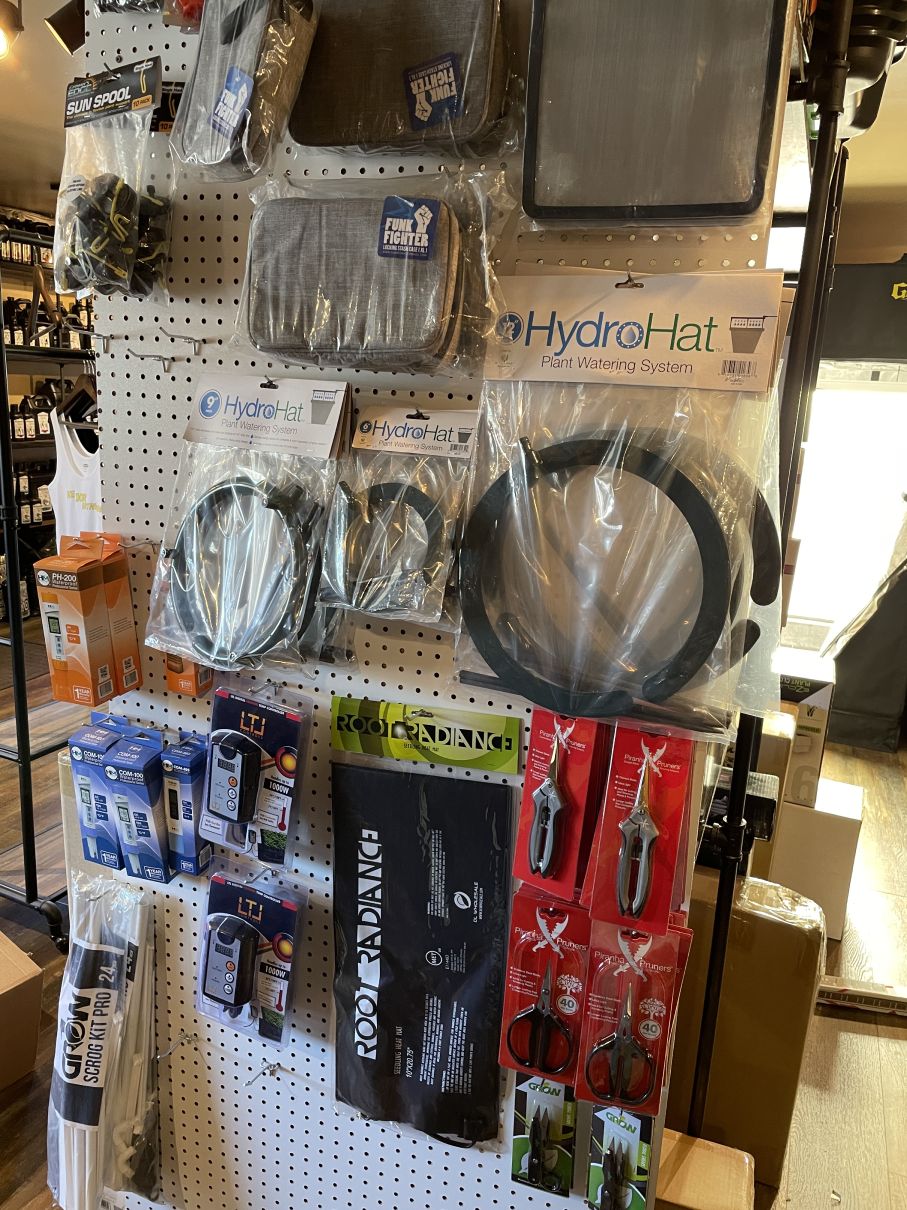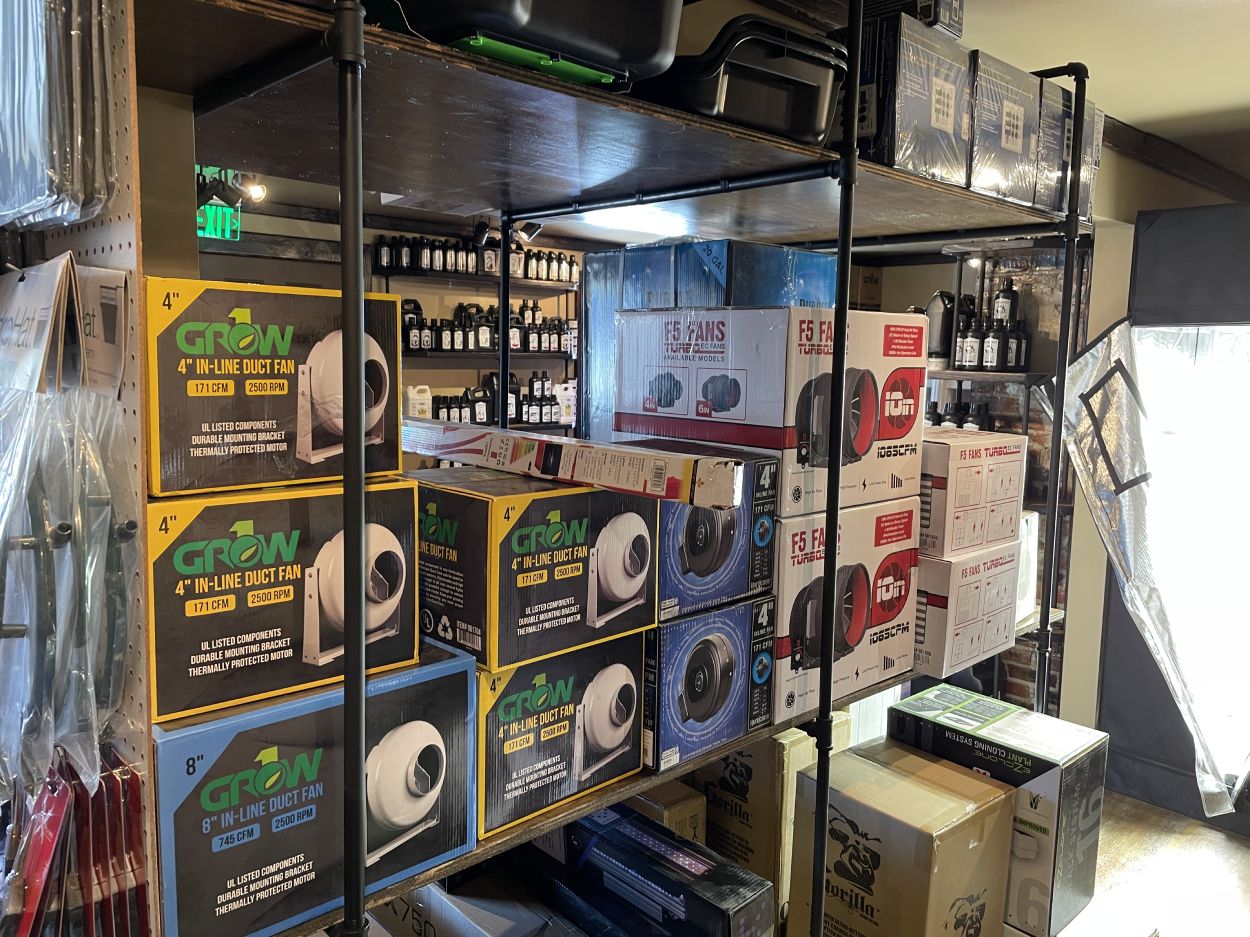Discover the Advantages of Hydroponics for Indoor Horticulture
Hydroponics, an approach of growing plants without soil, has been acquiring appeal for interior horticulture fanatics. As even more individuals look for ingenious means to grow plants inside, hydroponics presents a compelling service that deals with different difficulties faced by standard soil-based horticulture.
Raised Development Prices
By providing nutrients straight to the plant roots in a highly soluble kind, plants in hydroponic systems can uptake important nutrients more successfully, leading to faster development. Furthermore, the oxygen-rich environment in hydroponic systems permits for improved nutrient absorption and enhanced metabolic processes within the plants, further adding to sped up growth prices.
Furthermore, the lack of soil in hydroponic systems removes the requirement for plants to expend power on comprehensive origin growth in search of nutrients. This power can after that be redirected in the direction of above-ground growth, leading to lusher foliage and quicker growth of blossoms or fruits. Overall, the enhanced development rates observed in hydroponic systems make them an engaging alternative for growers seeking to maximize plant development and performance.
Water Conservation Perks
With the increasing worldwide emphasis on sustainable practices, what benefits does hydroponics supply in terms of water conservation? Hydroponic systems are incredibly water-efficient compared to standard soil-based horticulture methods. In hydroponics, water is recirculated and reused within the system, lessening water wastefulness. Unlike typical soil gardening, where plants need to create considerable root systems to search for water, hydroponic systems provide water and nutrients straight to the plant origins. This targeted distribution makes certain that plants receive precisely what they need, decreasing excess water use. In addition, hydroponic systems can be equipped with sophisticated innovations such as drip watering and nutrient film method (NFT) systems, additionally maximizing water circulation and decreasing dissipation. By utilizing water a lot more successfully and minimizing wastage, hydroponic horticulture can conserve substantial quantities of water, making it a lasting option for indoor gardening enthusiasts looking to conserve this precious resource. Welcoming hydroponics not just advantages plant growth however also contributes to water conservation initiatives, straightening with the international push towards even more lasting farming practices.
Nutrient Effectiveness Benefits
Provided the significant water preservation benefits linked with hydroponics, one more advantage depends on the efficient application of nutrients within the system. Unlike conventional soil-based gardening, where nutrients are dispersed in the soil and might not constantly reach the plant roots properly, hydroponic systems provide nutrients directly to the plants' roots in a regulated fashion. This targeted delivery makes certain that plants get the specific amount of nutrients they require for optimum growth, removing wastage and lowering the risk of nutrient overflow.
In hydroponic systems, nutrient options are carefully kept an eye on and readjusted to preserve the optimal equilibrium for plant growth. This precision permits plants to uptake nutrients more effectively, bring about faster growth prices and greater yields compared to typical gardening techniques. In addition, the recirculating nature of many hydroponic systems even more improves vitamins and mineral efficiency by constantly supplying plants with accessibility to important components.
Space Optimization Solutions
To make best use of the effectiveness of interior horticulture arrangements, implementing space optimization services is vital for attaining optimum plant development and productivity. One effective service is vertical gardening, which involves using vertical sites area to grow plants upwards, thus making best use of making use of restricted floor space. By installing vertical hydroponic systems such as stacked expand towers or hanging planters, cultivators can cultivate a larger quantity of plants in a smaller impact.
Additionally, making use of reflective products on walls or mounting grow lights strategically can help optimize light circulation to plants that are not straight under the main light resource. This method makes sure that plants at different heights receive adequate light for photosynthesis, advertising consistent growth throughout the indoor yard.

Insect and Illness Control Perks
Reliable parasite and disease control measures are important elements of effective hydroponic indoor gardening systems. Among the significant advantages of hydroponic horticulture in this respect is the reduced risk of pest infestations contrasted to traditional soil-based methods. Without soil, many usual parasites that count on site dirt for sanctuary and nutrients are not able to flourish in hydroponic systems. This eliminates the requirement for dangerous chemical pesticides that can be damaging to both plants and the atmosphere. Furthermore, the controlled environment of hydroponic systems permits very early detection of any pest or condition problems, allowing timely treatment to avoid extensive damages.

Verdict
To conclude, the benefits of hydroponics for indoor horticulture are substantial. Raised development prices, water conservation benefits, nutrition effectiveness advantages, room optimization options, and bug and disease control advantages make hydroponic systems a beneficial choice for indoor plant farming. By using hydroponics, individuals can optimize their plant growth potential while preserving resources and minimizing the threats connected with traditional soil-based horticulture techniques.
By delivering nutrients straight to the plant roots in an extremely soluble form, plants in hydroponic systems can uptake vital nutrients extra effectively, leading to faster development. The Indoor Earthworm. Generally, the increased development rates observed in hydroponic systems make them an engaging option for cultivators looking to maximize plant development and productivity
Unlike standard soil horticulture, where plants require to establish comprehensive origin systems to search for water, hydroponic systems supply water and nutrients directly to the plant origins. Unlike conventional soil-based horticulture, see here where nutrients are dispersed in the dirt and might not always get to the plant origins successfully, hydroponic systems supply nutrients directly to the plants' origins in a regulated manner. Boosted growth rates, water preservation benefits, nutrition performance advantages, area optimization remedies, and insect and illness control advantages make hydroponic systems an important choice for interior plant cultivation.